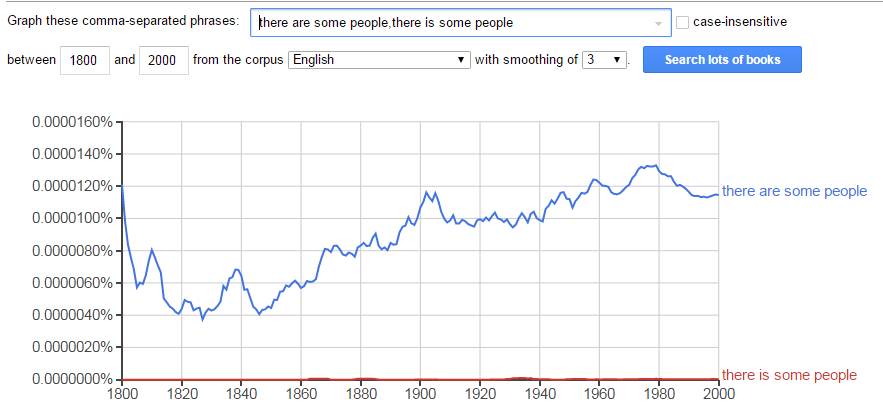This is a follow-up question to this one and I understand the difference between "there" and "here".
I understand "there" functions differently from the adverb "here", but it leads to another question. It might sound too basic, but I believe it is relevant to why there could be some uncertainty in accepting there as a subject.
If you Google search "There is a dog in the house" and "There is my dog in the house", there is not a single hit for the latter, zero, nothing, nada while I get 738,000 hits for the former. You get 258,000 hits for "My dog is in the house".
If you Google search "There is a cat in the house" and "There is my cat in the house", still you get no hit for the latter and 358,000 hits for the former. You get 767,000 hits for "My cat is in the house".
You don't find any results for "There is my dog in his/her/our/their house", either.
Apparently, there doesn't seem to be used when determiner "my" (or other possessives) is used for a noun.
Another flaw, if you like, is a subject-verb agreement.
There sometimes takes a singular "be" for a "plural noun" that follows it. As @John Lawler pointed out in the answer
There's one biscuit left ~ There's a unicorn in the garden ~ There's someone here to see you. (One can say There is, but it's far commoner to start a There-Insertion sentence with There's -- even when the postposed subject is plural -- There's some people here to see you).
There are some people here to see you is much more broadly used as the below shows.
My question is:
Is the subject "there" as a "dummy subject" flawed as the above-mentioned points seem to suggest?
Using a singular verb "be" before a "plural" noun ungrammatical?
Why is there no usage of "there is my dog in the house"?
Note: I am reluctant to ask the third question and please disregard it if you consider it to be "too basic a question".
Thank you!


Subjectshould really be.